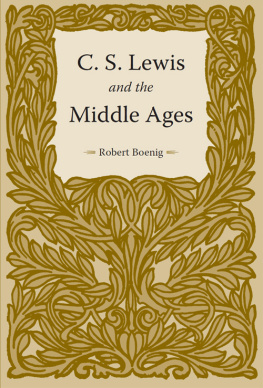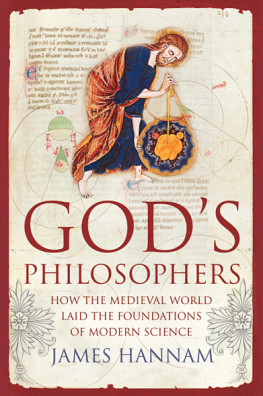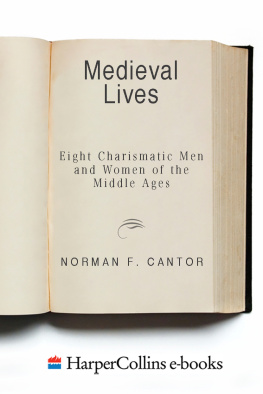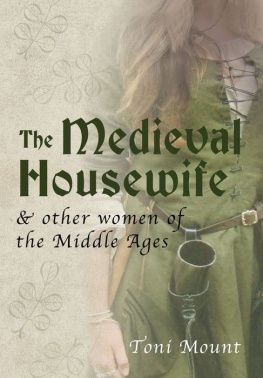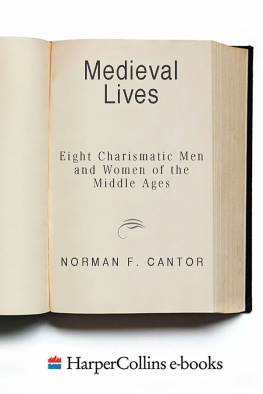Jack Hartnell is Lecturer in Art History at University of East Anglia. He has previously held positions at Columbia University, the Courtauld Institute, the Max-Planck-Institut and the Victoria and Albert Museum in London.
WELLCOME COLLECTION is a free museum and library that aims to challenge how we think and feel about health. Inspired by the medical objects and curiosities collected by Henry Wellcome, it connects science, medicine, life and art. Wellcome Collection exhibitions, events and books explore a diverse range of subjects, including consciousness, forensic medicine, emotions, sexology, identity and death. The library is one of the worlds finest for the study of the social and cultural contexts of health. Among many other things, it contains a large number of rare medieval manuscripts, such as vividly illustrated almanacs, scrolls and practitioners manuals, relating to medicine and the body.
Wellcome Collection is part of Wellcome, a global charitable foundation that exists to improve health for everyone by helping great ideas to thrive, funding over 14,000 researchers and projects in more than seventy countries.
MEDIEVAL BODIES
Life, Death and Art in the Middle Ages
JACK HARTNELL

First published in Great Britain in 2018 by
Profile Books Ltd
3 Holford Yard
Bevin Way
London
wc1x 9hd
www.profilebooks.com

Published in association with Wellcome Collection
183 Euston Road
London nw1 2be
www.wellcomecollection.org
Copyright Jack Hartnell, 2018
The moral right of the author has been asserted.
All rights reserved. Without limiting the rights under copyright reserved above, no part of this publication may be reproduced, stored or introduced into a retrieval system, or transmitted, in any form or by any means (electronic, mechanical, photocopying, recording or otherwise), without the prior written permission of both the copyright owner and the publisher of this book.
A CIP catalogue record for this book is available from the British Library.
eISBN 978 178283 2706
CONTENTS

1. The head and shoulders of a cadaver, sold on the antiquities market in 2003.
MEDIEVAL BODIES
In 2003 a preserved human head was sold by a dealer in Paris to a Canadian private collection for an undisclosed amount. In itself this was not an unusual event. Human remains, like any other type of valuable historical artefact, pass back and forth all the time in the busy international markets for medical oddities and prized antiquities. But this object, this body, aroused particular curiosity.
It strikes a vivid first impression. Frozen in a dramatic rigor mortis, its head is thrown backwards from the stubs of two shoulders, throat exposed and mouth agape. A large split makes its way down the face from the centre of its forehead, and we see, when it is flipped around, that the entirety of its cranium has been excavated in a hoop about the head. The top of the skull is missing, popped off like the lid of a biscuit tin, and the brain has been removed, leaving only its shrivelled base and a flat stump of spinal cord.
To understand more about this enigmatic cadaver a team of French paleopathologists were given permission to examine the remains in more detail. Subjecting them to a number of innovative medico-archaeological techniques, all sorts of information about the deceased quickly began to surface. They discovered that the figure was male, originally of Caucasian descent and probably around forty-five years old at the time of death. Short red hairs on the chin and upper lip suggested he had once been of an auburn complexion. And several scans confirmed that his head and shoulders had been preserved using a type of quick-setting, mercury-based metallic wax, injected into the major arteries soon after death to stiffen his pose like a sculptural mould. Most intriguingly, radiocarbon dating estimated that the figure had lived at some point between the years 1200 and 1280: the body was medieval.
For historians like me, such discoveries offer an immediate and enticing gateway onto the past, and not just through the scientific detail of long-dead bones. We know this half-mans gender, his age, even his hair colour, but his remains still animatedly pose all sorts of other pressing questions. Who was he? Where was he from? What was his story? He is a prompt from the past to dig deeper into what we know of the moment in which he lived. And exploring medieval bodies is particularly vital today, because their era continues to be much misunderstood. The centuries sandwiched between the accolades of ancient Greece or Rome and the classical world reborn in the European renaissance are seen as a static and sequestering time, an idea we read in their different names: the Dark Ages or the medieval, from the Latin medium aevum, a Middle Age. It is a moment often defined by events outside itself, by what it is not, and when we look at medieval artefacts be they bodies or poems, paintings or chronicles we have a tendency to emphasise the negative. We draw them into a sceptical and often quite gruesome narrative of the period that has been handed down to us, just the kind of unpleasant moment in history where people might well have ended up with their head split open and injected with metallic wax.
The pervasiveness of this feeling was recently made crystal clear in a visitor survey undertaken by a major London museum during plans to renovate its medieval and renaissance gallery spaces. An average slice of the visiting public was asked by researchers to project themselves into each of the two eras in turn, first the renaissance and then the medieval, and say what they thought they might see or how they believed they might feel about the world around them. Responses to the renaissance, recorded verbatim by the museum, were bounteous. People seemed genuinely contented, filled with a happy wonder:
Im in Florence walking by the river at midday. Its peaceful, Im smiling. Im an artists model and hes sculpting the Madonna and Child.
The sunshine sparkles, theres a little glade and a little lake. Theres philosophy, people sitting round talking about politics, books. Music I want to stay and dream.
Sounds lovely. But for the same people, envisaging the medieval world meant that things quickly turned sour:
There are soldiers, peasants, high castles, muddy lowlands Black Death and Plague are all around. Its raining. People are drunk on mead and fighting among themselves. The artists are not respected.
Im in a dungeon wearing a potato sack and its night. Its cold, there are rats. The windows have bars at floor level. I stole some potatoes for your newborn child.
It is a stereotype heard often: that from roughly the years 300 to 1500 most people inhabited a time oscillating between Braveheart and Black-adder, a world of generalised misery and ignorance, living in piteous squalor only to make war in the fretful darkness. A useless millennium or so. For at least one of the visitors surveyed by the museum this popular view has even gone so far as to warp their historical placement of people and things. The potatoes they envisage stealing presumably not fluffy, plump roasties, but hard and cold and raw would in fact only have reached Europe from the Americas in the 1570s, well after the darkness of this supposedly Dark Age is meant to have lifted.


